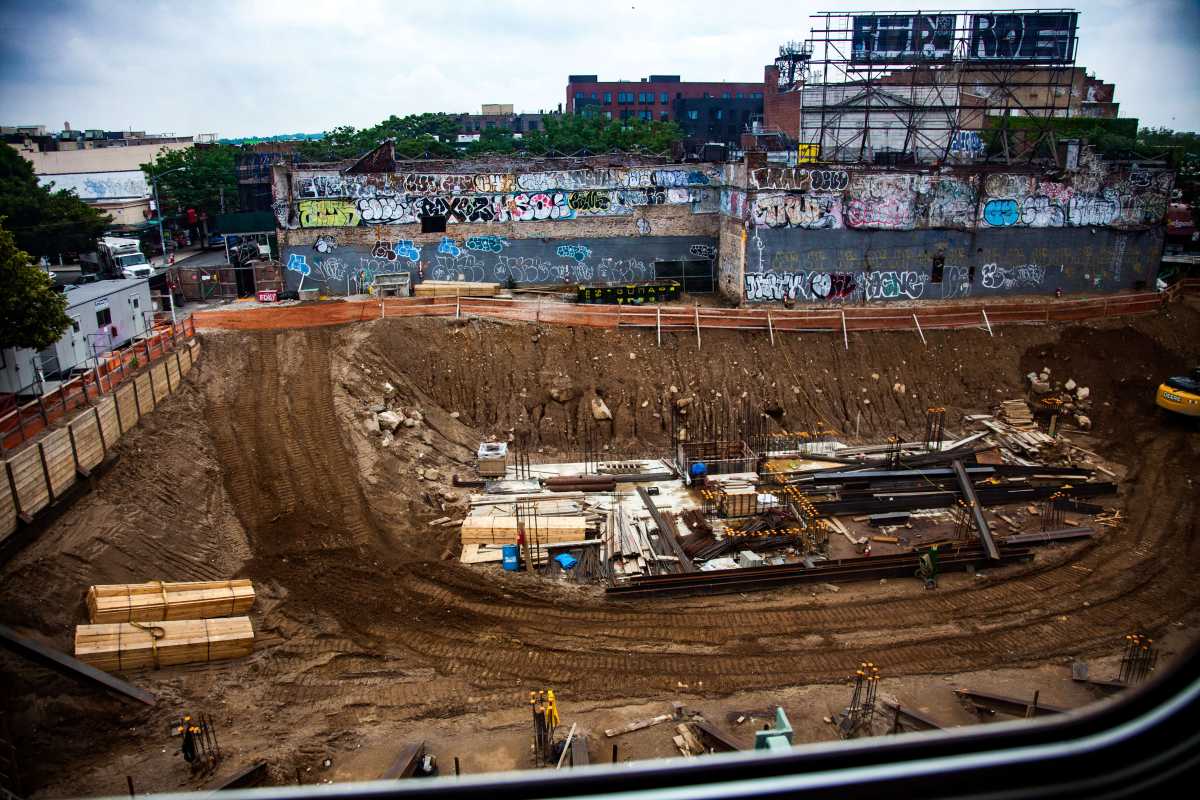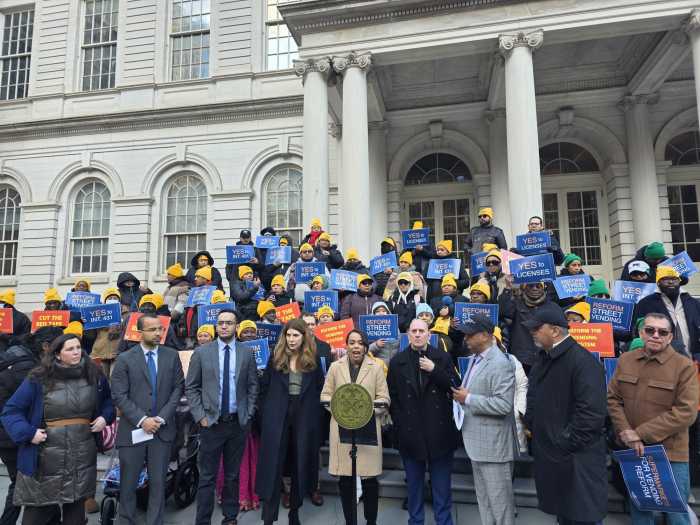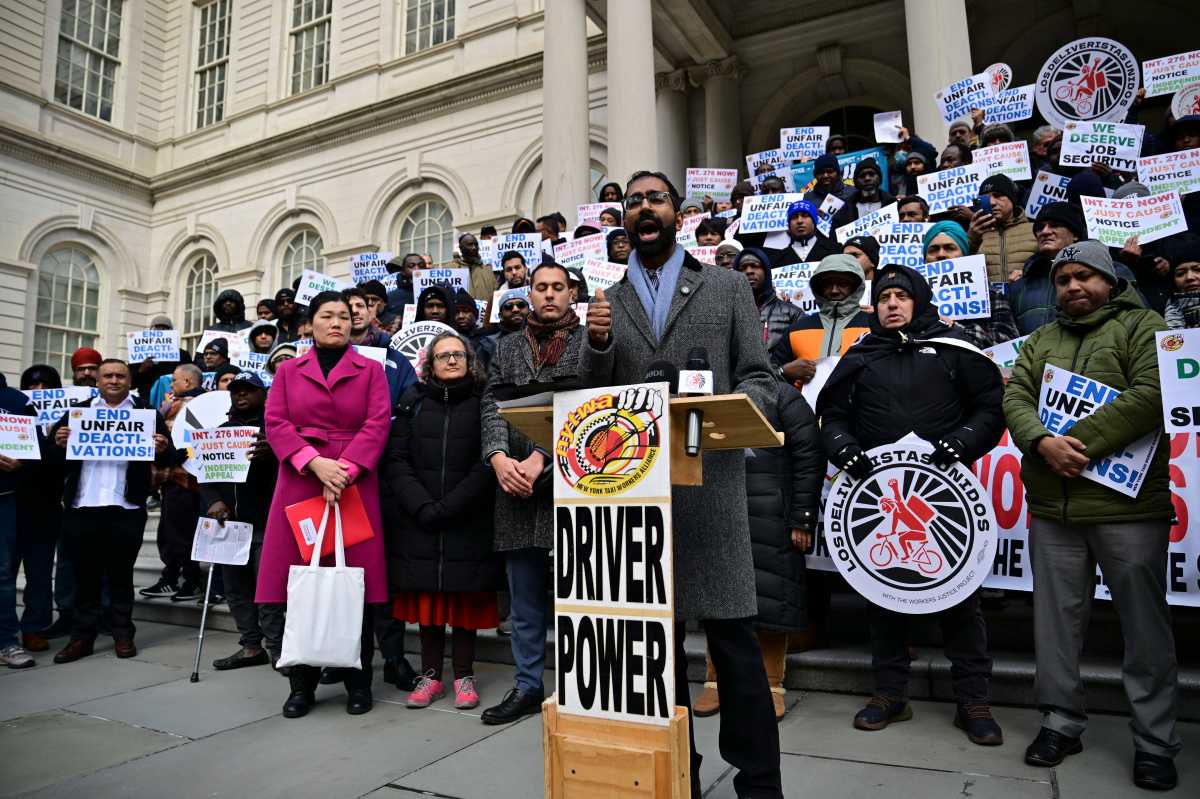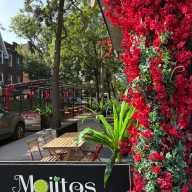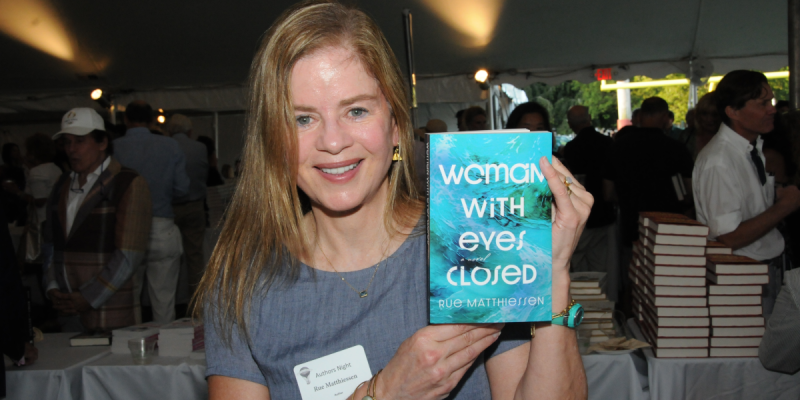While rent may have dipped this past year in Ridgewood, make no mistake, rent inflation is coming rapidly to the Queens side of the Brooklyn border. Ridgewood is the next stop for development on the L train route aimed at millennials pushed further down the transit corridor by slightly cheaper rent.
While the expectation of the L train shutdown explains part of the reason for the rent dip over the past year, it doesn’t tell the whole story.
The neighborhood’s distinctive yellow-brick Mathews Flats buildings, each containing six individual units, have helped temporarily stymie rent inflation by keeping Ridgewood’s rental market flexible. According to StreetEasy, Ridgewood has been able to nearly double the units relisting on the market compared to neighborhoods like Cobble Hill and Prospect Heights, where rents are rising.
However this trend of the neighborhood’s growing rental stock doesn’t bear out as a long-term trend according to census data, which shows a 3% increase in homeownership and corresponding dip in renter-occupied units within the Ridgewood and Glendale zip code from 2010 to 2017. Rental stock has been slowly but surely shrinking over the past decade.
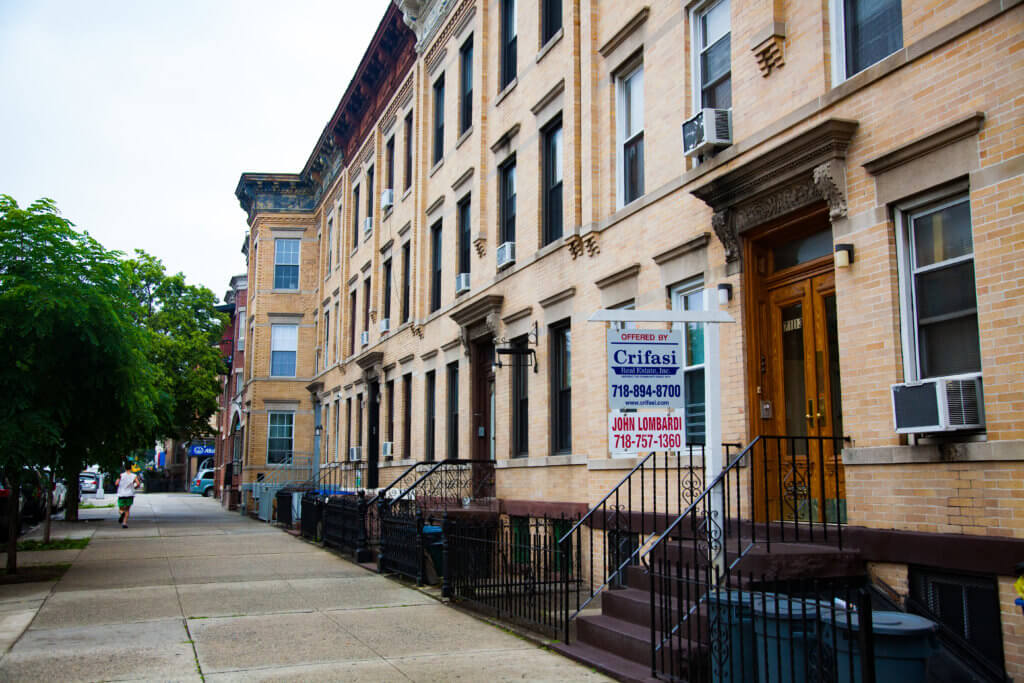
To the dismay of Ridgewood’s property owners associations and tenants groups alike, most of the neighborhood’s recent construction has taken the form of large luxury towers by developers hungry to capitalize on the neighborhood’s newfound trendiness. According to Vincent Arcuri, the chairman of Community Board 5, the new class of Ridgewood homeowners are the ones who are most likely to push the limits of property speculation
“Newer owners, so to speak, have been trying to push out the lower income, lower rent tenants and take advantage of the newer residents that are willing to pay $2,500–$3,000 where people were paying $750–$950. The old time owners are getting reasonable rent. The new ones that bought these properties–they paid big money for the property, so they’re looking for big rents,” said Arcuri.
Despite the overarching rise in rent, as more and more luxury condos pop up, the community fights tend to happen most over affordable housing. As opposed to the development happening in as-of-right commercial zoning districts, the construction of affordable housing is much more fraught because it requires a community board and City Council review process. For the past several years, developers hoping to rezone properties in order to build mixed-use housing in Ridgewood have encountered the resistance of two community groups: homeowners who could not afford to buy in the current market and a fierce group of radical tenant activists.
At a recent community forum on the tentative rezoning of 1590 Gates Ave. that would expand the number of units and add affordable housing, its developer Avery Hall Investments brought up another recent as-of-right development as an example of what they would like to avoid. That other development, the Ridgewood Towers, a 17-story planned at 3-50 Saint Nicholas Ave. is in the construction after developers decided against working with the community to build as-of-right in the commercial district, which does not require affordable housing.
Groups such as the Ridgewood Tenants Union (RTU) are hell bent on stopping this form of large-scale development because they see them as driving up rents around the neighborhood, pricing out long-time residents. But they don’t just believe that about market rate developments. The group is also opposed to Mayor de Blasio’s mixed-income development programs, which use city subsidies and tax incentives to encourage affordable development.
“We also believe that development needs to be guided by community needs and not by how much profit greedy developers want to make off our working class community,” lead organizer Raquel Namuche told QNS.
At the meeting on 1590 Gates Ave., RTU’s message was clear: no large tower, whether partially affordable or otherwise, is acceptable in Ridgewood. One of the speakers who the group invited to speak, urged Councilman Antonio Reynoso to advance other forms of low-income housing in the neighborhood.
“Let’s talk about housing cooperatives. Let’s talk about tenant-owned buildings where I don’t have to worry about a greedy landlord,” said the community member.
Other notable community stakeholders Ted Renz and CB5 District Manager Gary Giordano were present at the public forum. Renz, the Myrtle Avenue Business Improvement District (BID) Executive Director said that it was too early in the process to comment on whether he supported the process, but in the past both the BID and the Community Board have taken stances against developments that disrupt the fabric of the neighborhood.
Last summer when a three-story, six-unit building at 1664 Woodbine St. received a permit in May to add a fourth story and a penthouse to its existing structure, Renz and Ridgewood Property Owners and Civic Association President Paul Kerzner sprung into action. The community members sent a letter to the Department of City Planning (DCP) requesting a moratorium be placed on any properties where Department of Buildings (DOB) approval is required in order to add height to existing buildings until talks about zoning changes have finished.
“What people don’t realize is that when you increase the density of a neighborhood, what you’re doing is increasing the value of the property, which means that if you’re increasing value, you make it more expensive,” Kerzner told QNS about why he is against to upzoning. “So if you take a look at every single neighborhood that the mayor has touched with rezoning or attempted to rezone, in all of them, the prices have gone up. They’ve skyrocketed.”
While Community Board 5 went on to pass a resolution supporting the moratorium as well, its chair Vincent Arcuri is much less ideological about the process of rezoning.
“I see it as you have to live with the best of both worlds,” Arcuri said. “We have to advocate for affordable housing as much as we can. And we try, when the developers come in, if they need variants or they need a waiver or something, we try and ask them to put into affordable housing.”
The Department of City Planning never took any action as a result of Kerzner and Renz’s request for the moratorium. Though Kerzner argued that the aim of their requested cap on housing height was to protect residents in danger of displacement, historically zoning caps of this sort have also been dubbed exclusionary zoning, a form of zoning that has the overall effect of displacing low-income residents. Exclusionary zonings has been described in court rulings like the Mount Laurel Doctrine as a force that preserves “enclaves of affluence and social homogeneity.”
As new residents continue to pour into the neighborhood–now without the threat of an L train shutdown–the question of whether high-density mixed-use development will ease or compound Ridgewood’s shortage of affordable housing is not going away. Supply-side economics would dictate that rents are going to continue to rise without new rent-stabilized housing stock. Meanwhile community groups remain stalwart that the emergence of large swathes of market rate housing is going to drive up rents faster than the affordable units would relieve it.

